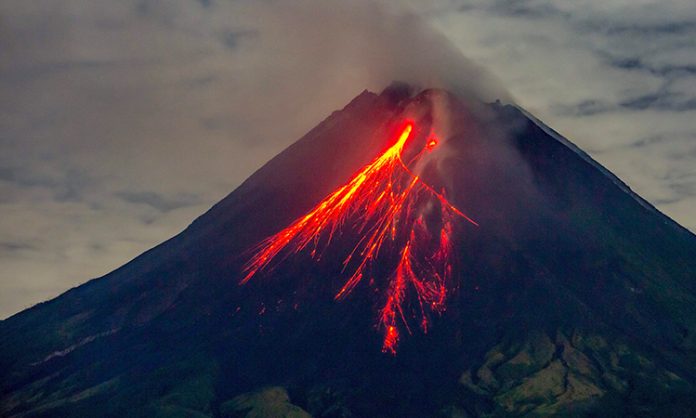Indonesia’s National Disaster Management Agency stated that at least 10 people died in a series of volcanic eruptions on the remote island of Flores, AP News reported.
The Mount Lewotobi Laki Laki eruption around midnight sent dense ash up to 2,000 metres (6,500 feet) into the air. It then descended on several villages, burning homes, including a convent of Catholic nuns, Firman Yosef, an official at the local monitoring post, said.
Rescuers are still searching for bodies buried under collapsed houses, according to Abdul Muhari, the National Disaster Management Agency’s spokesman. Muhari said all the bodies, including a child, were found within a 4 kilometre (2.4 mile) radius of the crater.
At least 10,000 people were affected by the eruption in six villages in Wulanggitang district and four villages in Ile Bura district. The country’s volcano watchdog agency raised the volcano’s danger level to the highest and more than doubled the exclusion zone to a radius of 7 kilometres (4.3 miles) on Monday.
About 6,500 people were evacuated in January after Mount Lewotobi Laki Laki began erupting, forcing the government to close the island’s Frans Seda Airport. No casualties or major damage occurred, but the airport has since remained closed due to seismic activity.
Muhammad Wafid, the head of the Geology Agency at the Energy and Mineral Resources ministry, said the nature of the January eruption and Monday’s eruption differed due to magma blockage in the crater. This reduced the noticeable seismic activity while increasing the pressure.
The eruptions that occurred since Friday were due to the accumulation of hidden energy.
This is the second volcanic eruption in Indonesia in recent weeks. West Sumatra province’s Mount Marapi, one of the country’s most active volcanoes, erupted on 27 October, releasing thick columns of ash at least three times.
Lewotobi Laki-laki is one of 120 active volcanoes in Indonesia, an archipelago of 280 million people.
